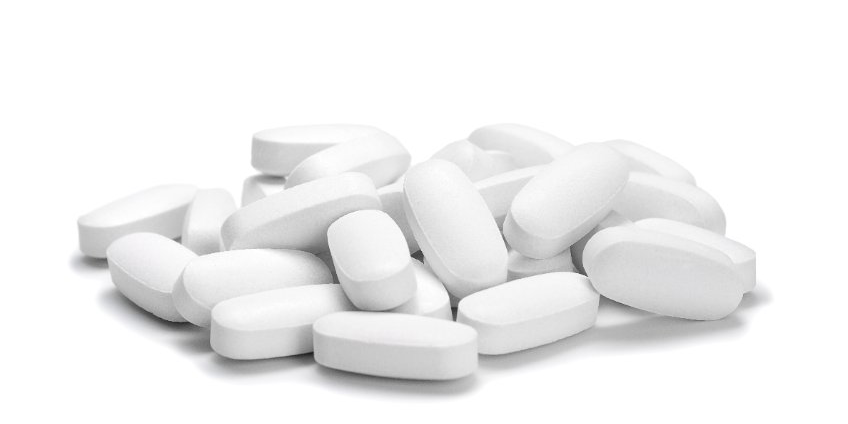
The drug overdose epidemic has affected countless individuals and families throughout the U.S., and EMS providers are exposed to this health crisis every day through their work. Opioid overdoses are a leading cause of death in the U.S., even greater than car accidents and homicide. To provide the best possible care for overdose patients, providers must know what overdose symptoms look like, especially airway complications and the best practices for treating them.
During these crises, every second matters. To help you and your team remain prepared for any overdose scenario, let’s review some of the signs and techniques for addressing them as safely and efficiently as possible.
Spotting an overdose
Along with illegal drug abuse, overdoses can occur for a variety of reasons, such as the misuse of pain medications and medication-assisted drug and alcohol treatments. Fatal overdoses can also occur when opioids are mixed with anxiety treatment medications, like derivatives of Benzodiazepine. Whatever the circumstance, recognizing key overdose symptoms is essential to saving patients’ lives.
Look for the following symptoms when identifying a possible overdose:
- The patient’s face is extremely pale and/or clammy to the touch.
- Their body is limp.
- Their fingernails or lips have a blue or purple color.
- They begin vomiting or making gurgling noises.
- They cannot wake up or are unable to speak.
- Their breathing or heartbeat slows or stops
Respiratory symptoms
One of the most critical symptoms of an overdose, particularly an opioid overdose, is respiratory depression. This occurs when the lungs fail to exchange carbon dioxide and oxygen efficiently, often leading to a buildup of carbon dioxide in the body. Two tell-tale signs of respiratory depression in patients are slowed speech and shallow breathing.
Another common overdose symptom, respiratory arrest, occurs when a patient stops breathing or is breathing ineffectively. This often occurs at the same time as cardiac arrest. Some of the more common symptoms of airway compromise, including respiratory arrest and the inability to protect the airway, may be more difficult to identify in patients who are suffering from an overdose. A few specific signs to watch out for when investigating a tenuous airway include decreased level of consciousness, tachycardia (typically, greater than 130 heartbeats per minute) and pale, sweaty skin.
Treatment and airway management
One of the first factors EMS providers should consider when employing treatment for an overdose patient is the patient’s respiratory pattern. This will help distinguish between normal and abnormal breathing rates. Some abnormal breathing patterns to look for include:
- Cheyne-Stokes: A cyclical pattern that involves a progressive increase in rate and depth, followed by periods of apnea.
- Apnea: The absence of respiration, usually lasting longer than 15 seconds.
- Hyperventilation: An increased rate and depth of breathing, usually 20 to 30 breaths per minute, resulting from fever, exertion, anxiety, acid-base imbalance or midbrain damage.
- Agonal respirations: A pattern of slow, shallow, deep or gasping respirations.
Whenever you arrive to treat a patient who is overdosing, protecting the airway should be your immediate priority. This means remaining equipped with the proper tools for performing airway management in a variety of settings and conditions.
The equipment you’ll need:
- Supplemental oxygen with adjuncts (non-rebreather mask)
- Intubation equipment
- Various tube sizes
- Airway adjuncts
- Accessories (lubricating gel for nasal intubation, for example)
- Portable suction unit
- Range of suction catheters (flexible, rigid, and large-bore evacuation)
Treating overdose patients can provide tremendous anxiety for providers, but knowing what respiratory symptoms to look for and the best techniques and equipment to combat them will help you and your team prepare for even the most high-stress patient scenarios. Read this article on respiratory emergencies to learn more about abnormal respiratory patterns and airway management.













